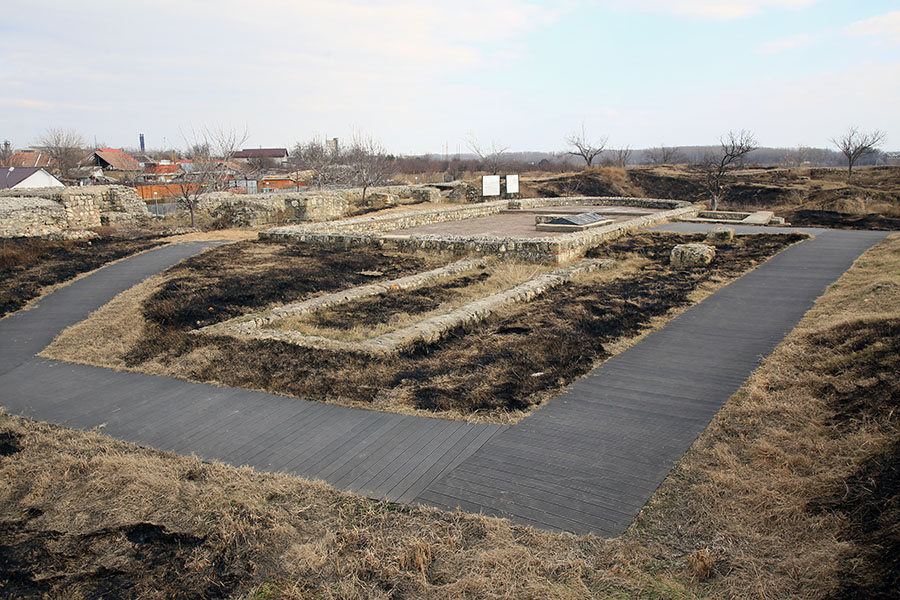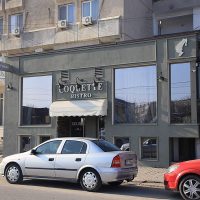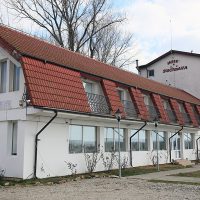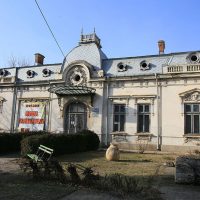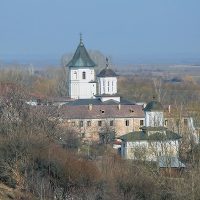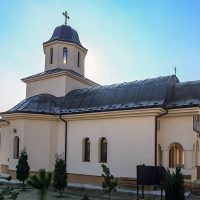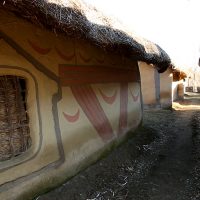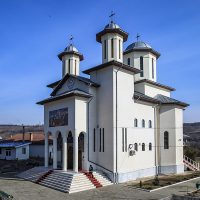








Sucidava fortress is located on the Danube, a few km from the outskirts of Corabia. This fortress-type settlement was founded by Roman troops between the years 257-275 d.Hr., being a Roman defense fortress with 8-10 towers, which included an urban settlement, a paleo-christian basilica, Roman baths and cobbled streets. In the fortress there is also a secret fountain, a remarkable architectural achievement. The Romans built this fortification on the site of an older metropolis, identified as the capital of the Dacian tribe of the Suci. Near this fortress was erected the bridge of Constantin the Great, with a length of about 2,400 meters, which from 328 allowed the crossing of the Danube, linking Sucidava with the settlement of Oescus. One one foot is left of this bridge.
The town was remade and enlarged several times under Byzantine rule, in the time of Theodosius II, then Justinian the Great, but was also destroyed and plundered by the invasions of the Huns. It seems that it was completely abandoned by the Byzantines around 600. The fortress, however, survives the times, so it appears in historical accounts from the time of Michael the Brave as a garrison of defense on the Danube against the Ottoman armies.
Many pieces of brick still bear the sign of the fish, an early Christian symbol. The most interesting historical element is the Secret Fountain, which was built in the sixth century, but was discovered only in 1958, so that many historical vestiges of invaluable value have been found inside. Obviously her role was to ensure the water supply of the fortress during long sieges.
An unusual fact is the discovery related to the heating of the houses, which was made through a sophisticated system of tubes under the floor, an innovative solution at that time. The fortress is built of burnt brick and massive stone blocks, managing to withstand the nearly 2,000 years of shaken history. At the entrance to the fortress there is a small museum where visitors can admire some of the objects discovered here, bronze ornaments, lead rings, seals, ceramic fragments, even cult objects in the form of a cross, because the church here is considered as the first Christian church discovered in the space between the Danube and the Carpathians. The church was shaped like a nave, with the altar facing east. Near the altar were found skeletons buried in Christian rite, with the head at sunset, the feet at sunrise and the hands near the body. Also inside the church were found various Christian artifacts, oil lamps with cruciform wreath, bronze crosses, ceramic scraps with Christian inscriptions.
Download PDF

